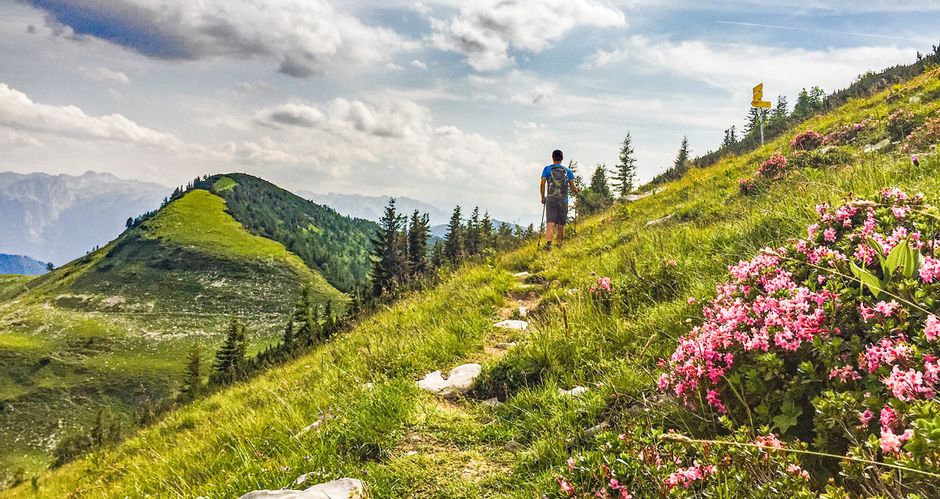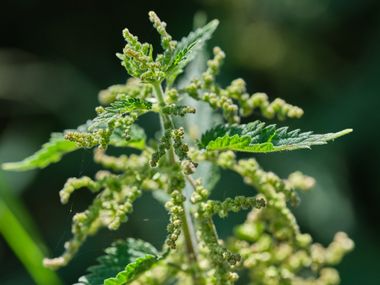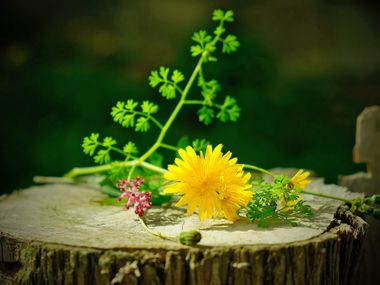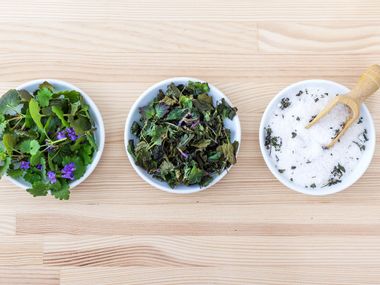It’s so green…when the wild herbs bloom in the forest and meadow. And if you keep your eyes open as you go, you will also find a multitude of tasty and health-promoting plants while hiking in autumn. In addition, looking for small treasures makes hiking even more entertaining. From nettle seeds to ribwort and watercress: we’ll tell you how you can use your aromatic finds, and which immune-system boosting nutrients they contain.
Our ABC of wild herbs for autumn






